Top 10 DigitalOcean Alternatives to Consider in 2025
The 2025 cloud computing landscape presents a diverse array of options beyond DigitalOcean's familiar waters. As businesses outgrow basic cloud solutions, they're discovering platforms that better match their evolving needs. From startups seeking cost-effective scaling to enterprises demanding robust security features, today's cloud providers offer specialized solutions for every use case. This analysis is about the top cloud platforms that compete with DigitalOcean, examining their strengths, limitations, and ideal use cases to help you navigate your next infrastructure decision.
Why Consider DigitalOcean Alternatives in 2025?
The 2025 cloud market offers numerous alternatives to DigitalOcean's standard hosting services. Modern providers deliver advanced infrastructure capabilities, improved resource management tools, and flexible pricing structures based on specific business requirements. Organizations can now select from platforms that provide enterprise-grade security, comprehensive API support, and global network coverage at competitive rates.
DigitalOcean users commonly look for alternatives due to:
- Need for more advanced services
- Better pricing at scale
- Wider geographic coverage
- Enhanced enterprise features
- Stronger security options
A superior cloud provider in 2025 must deliver:
- High-performance infrastructure
- Clear, competitive pricing
- Advanced security features
- Comprehensive developer tools
- Reliable customer support
- Extensive documentation
This analysis focuses on practical insights based on real performance data and user experiences to help you make an informed decision.
Side-by-Side Comparison
The following comparison table provides a standardized overview of key metrics across leading DigitalOcean alternatives. Each provider is evaluated based on four critical factors: base hourly pricing for standard compute instances, primary market focus, geographic infrastructure distribution, and core technological advantages. Note that actual costs may vary depending on resource allocation, regional deployment, and specific service requirements.
| Provider | Base Price/hr | Best For | Regions | Key Strength |
|---|---|---|---|---|
| AWS | $0.0116 | Enterprise | 31 | Service variety |
| GCP | $0.0100 | AI/ML | 29 | Analytics |
| Azure | $0.0113 | MS Integration | 60+ | Hybrid cloud |
| Linode | $0.0050 | Developers | 11 | Simplicity |
| Vultr | $0.0040 | Performance | 25+ | Bare metal |
| Hetzner | $0.0030 | Budget | 3 | Value pricing |
| Scaleway | $0.0042 | EU Compliance | 3 | Sustainability |
| UpCloud | $0.0056 | Storage Speed | 12 | MaxIOPS |
| Lightsail | $0.0035 | AWS Start | 8 | AWS ecosystem |
| Kamatera | $0.0050 | Flexibility | 13 | Custom configs |
Popular Configuration Comparisons
To help you make a practical decision, here's a comparison of common configurations across providers. All prices are monthly estimates based on standard rates without long-term commitments.
Basic Web Application
2 vCPU, 4GB RAM, 80GB SSD, 2TB Transfer
| Provider | Monthly Cost | Additional Features | Notes |
|---|---|---|---|
| DigitalOcean | $24 | Free basic monitoring | Baseline for comparison |
| Linode | $20 | Free DDoS protection | Similar performance to DO |
| Vultr | $20 | DDoS protection included | Good for global reach |
| Hetzner | $10.90 | Basic firewall included | Best value, EU-focused |
| AWS (t3.medium) | ~$30* | AWS ecosystem access | *Varies by region |
| UpCloud | $20 | MaxIOPS storage | Better I/O performance |
E-Commerce Setup
4 vCPU, 8GB RAM, 160GB SSD, 4TB Transfer
| Provider | Monthly Cost | Additional Features | Notes |
|---|---|---|---|
| DigitalOcean | $48 | Managed databases available | Standard offering |
| AWS (t3.large) | ~$60* | Full AWS services | *Plus data transfer |
| GCP (n2-standard-4) | ~$58* | Cloud CDN option | *Regional pricing varies |
| Vultr | $40 | High-frequency option | Good price/performance |
| Kamatera | $45 | Custom configurations | Flexible resources |
| Scaleway | $38 | Sustainable infrastructure | EU-based hosting |
High-Performance API Backend
8 vCPU, 16GB RAM, 256GB SSD, 5TB Transfer
| Provider | Monthly Cost | Additional Features | Notes |
|---|---|---|---|
| DigitalOcean | $96 | Kubernetes support | Base comparison |
| AWS (c6a.2xlarge) | ~$140* | Advanced monitoring | *Plus bandwidth costs |
| GCP | ~$135* | Premium networking | *Sustained use discount |
| Azure | ~$150* | Windows compatibility | *Linux pricing |
| Vultr | $80 | Bare metal options | Cost-effective at scale |
| Linode | $80 | Object storage included | Good developer tools |
Database Server
4 vCPU, 16GB RAM, 320GB SSD, 3TB Transfer
| Provider | Monthly Cost | Additional Features | Notes |
|---|---|---|---|
| DigitalOcean | $96 | Managed DB available | Standard offering |
| AWS RDS | ~$185* | Full management | *Includes maintenance |
| GCP Cloud SQL | ~$180* | Automatic backups | *Backup storage extra |
| UpCloud | $90 | MaxIOPS advantage | Best for I/O performance |
| Hetzner | $45 | Unmanaged only | Best raw value |
| Vultr | $80 | High-frequency CPU | Good balance |
Detailed Provider Analysis
AWS (Amazon Web Services)
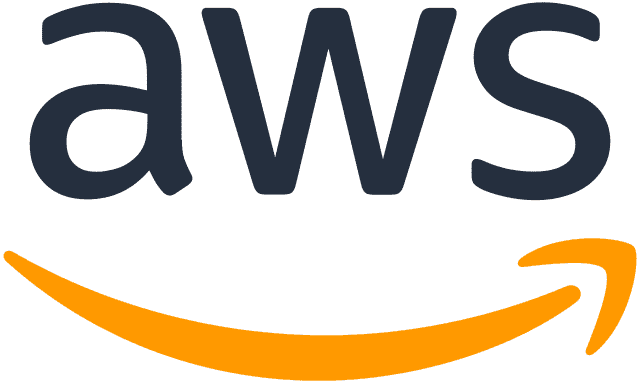
As the market leader in cloud computing, AWS provides the most comprehensive service portfolio and global infrastructure network.
Key Features:
- 200+ cloud services
- Global infrastructure network
- Advanced security tools
- Enterprise support options
- Extensive marketplace
| Advantages | Limitations |
|---|---|
| ✓ Service variety | ✗ Complex pricing |
| ✓ Global presence | ✗ Learning curve |
| ✓ Enterprise grade | ✗ Cost at scale |
| ✓ Strong security | ✗ Complex setup |
| ✓ Large ecosystem | ✗ Support costs |
Pricing:
- Compute: From $0.0116/hour
- Free tier available
- Reserved instances: Up to 75% savings
- Enterprise volume discounts
Best For: Large enterprises and organizations requiring comprehensive cloud services
Google Cloud Platform (GCP)
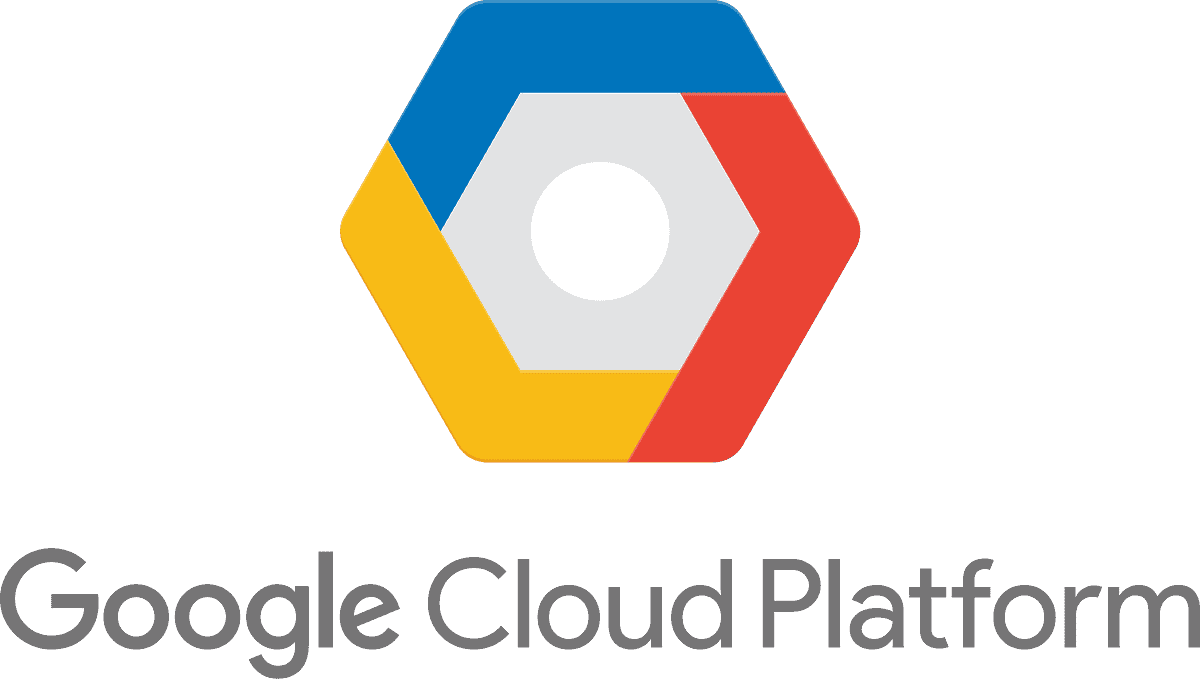
GCP stands out for its data analytics and machine learning capabilities, offering modern infrastructure with strong Google ecosystem integration.
Key Features:
- Advanced analytics tools
- Machine learning platforms
- Global network backbone
- Kubernetes expertise
- Live migration capabilities
| Advantages | Limitations |
|---|---|
| ✓ Analytics power | ✗ Fewer services |
| ✓ ML capabilities | ✗ Limited regions |
| ✓ Modern interface | ✗ Support quality |
| ✓ Good pricing | ✗ Enterprise focus |
| ✓ Kubernetes tools | ✗ Documentation |
Pricing:
- Starting at $0.0100/hour
- Automatic sustained use discounts
- Free tier with $300 credit
- Committed use discounts
Best For: Organizations focused on data analytics and machine learning workloads
Microsoft Azure
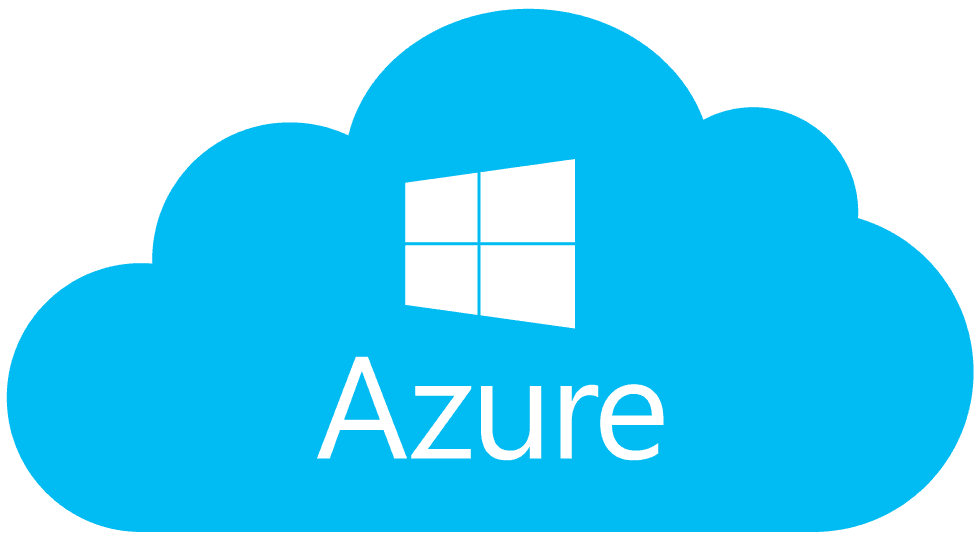
Azure excels in enterprise environments, particularly for organizations invested in the Microsoft ecosystem.
Key Features:
- Hybrid cloud solutions
- Strong Windows integration
- Enterprise security
- Azure Active Directory
- Integrated development tools
| Advantages | Limitations |
|---|---|
| ✓ MS integration | ✗ Windows focus |
| ✓ Enterprise tools | ✗ Price complexity |
| ✓ Hybrid cloud | ✗ Learning curve |
| ✓ Global reach | ✗ Cost management |
| ✓ Security features | ✗ Support tiers |
Pricing:
- From $0.0113/hour
- Free tier available
- Enterprise agreements
- Hybrid benefits
Best For: Enterprise organizations using Microsoft technologies
Linode (Akamai)
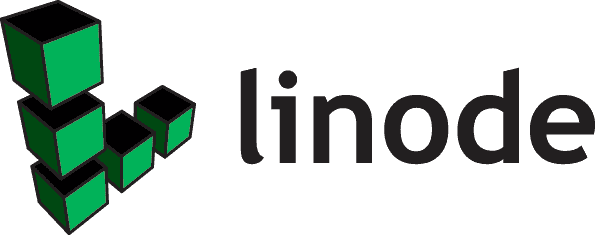
Linode offers straightforward cloud computing with a focus on developer experience and simplicity.
Key Features:
- Simple management interface
- Developer-friendly tools
- Object storage
- Kubernetes support
- One-click applications
| Advantages | Limitations |
|---|---|
| ✓ Simple interface | ✗ Limited services |
| ✓ Fair pricing | ✗ Fewer regions |
| ✓ Good performance | ✗ Basic features |
| ✓ Developer focus | ✗ Enterprise tools |
| ✓ Clear pricing | ✗ Support scope |
Pricing:
- Starting at $0.0050/hour
- Hourly billing
- Bundle resources
- Volume pricing
Best For: Developers and small to medium businesses
Vultr

Vultr focuses on high-performance computing with bare metal options and global availability.
Key Features:
- Bare metal servers
- Global locations
- High-performance compute
- Block storage
- DDoS protection
| Advantages | Limitations |
|---|---|
| ✓ Performance | ✗ Advanced features |
| ✓ Global reach | ✗ Enterprise support |
| ✓ Simple pricing | ✗ Service depth |
| ✓ Bare metal | ✗ Tool integration |
| ✓ Fast deployment | ✗ Documentation |
Pricing:
- From $0.0040/hour
- Hourly billing
- No long-term contracts
- Volume discounts
Best For: Performance-focused applications and bare metal needs
Hetzner

Hetzner delivers exceptional value with European-based infrastructure and competitive pricing.
Key Features:
- Cost-effective solutions
- Dedicated servers
- Cloud hosting
- Storage boxes
- Private networking
| Advantages | Limitations |
|---|---|
| ✓ Low prices | ✗ Limited regions |
| ✓ High performance | ✗ Basic features |
| ✓ SSD storage | ✗ EU-focused |
| ✓ Clear pricing | ✗ Support levels |
| ✓ Dedicated options | ✗ Documentation |
Pricing:
- Starting at $0.0030/hour
- No minimum contract
- Pay-per-use billing
- Volume discounts available
Best For: Cost-conscious users and European-focused deployments
Scaleway

Scaleway stands out with its focus on sustainable infrastructure and European compliance standards.
Key Features:
- Eco-friendly infrastructure
- Kubernetes management
- Bare metal options
- Object storage
- European data centers
| Advantages | Limitations |
|---|---|
| ✓ Sustainability | ✗ Regional focus |
| ✓ Innovation | ✗ Global presence |
| ✓ EU compliance | ✗ Feature set |
| ✓ Fair pricing | ✗ Enterprise tools |
| ✓ Modern interface | ✗ Market reach |
Pricing:
- From $0.0042/hour
- Flexible billing
- No hidden costs
- Resource-based pricing
Best For: European businesses prioritizing sustainability and compliance
UpCloud

UpCloud emphasizes performance with their MaxIOPS storage technology and reliable infrastructure.
Key Features:
- MaxIOPS storage
- Custom server configs
- API management
- Load balancing
- Automated backups
| Advantages | Limitations |
|---|---|
| ✓ Storage speed | ✗ Market presence |
| ✓ Reliability | ✗ Service variety |
| ✓ Performance | ✗ Global reach |
| ✓ Custom configs | ✗ Integration options |
| ✓ User interface | ✗ Ecosystem size |
Pricing:
- Starting at $0.0056/hour
- Simple pricing model
- Hourly billing
- Performance guarantees
Best For: Applications requiring high-performance storage and reliable computing
Lightsail (AWS)
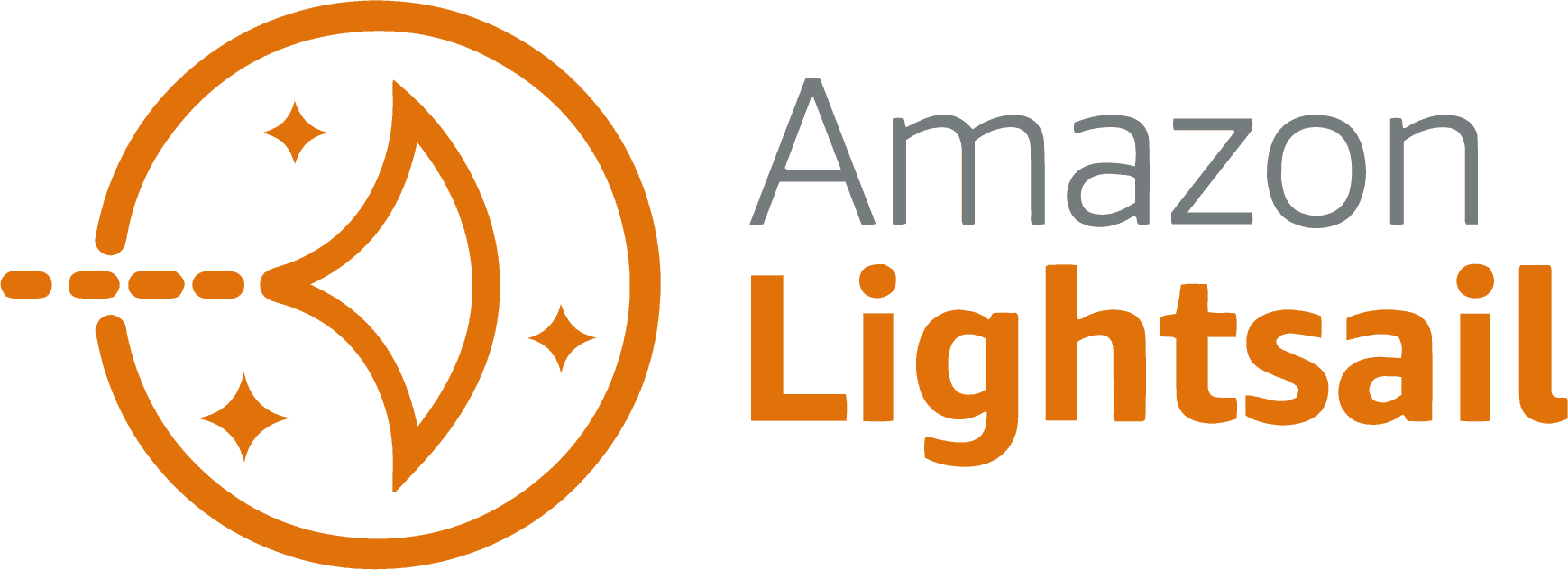
AWS Lightsail simplifies cloud deployment while maintaining access to the broader AWS ecosystem.
Key Features:
- Simple interface
- Managed databases
- Load balancing
- Automatic backups
- AWS integration
| Advantages | Limitations |
|---|---|
| ✓ Easy setup | ✗ Limited scaling |
| ✓ AWS ecosystem | ✗ Feature restrictions |
| ✓ Clear pricing | ✗ Resource caps |
| ✓ Simple management | ✗ Advanced features |
| ✓ Good documentation | ✗ Customization |
Pricing:
- From $0.0035/hour
- Predictable monthly pricing
- Bundled resources
- Free tier available
Best For: Small projects requiring AWS ecosystem access
Kamatera

Kamatera offers highly customizable cloud infrastructure with flexible resource allocation.
Key Features:
- Custom configurations
- Global data centers
- Instant scaling
- Load balancers
- Private networking
| Advantages | Limitations |
|---|---|
| ✓ Flexibility | ✗ Complex pricing |
| ✓ Custom configs | ✗ Learning curve |
| ✓ Quick scaling | ✗ Documentation |
| ✓ Global presence | ✗ Support response |
| ✓ Resource control | ✗ Market presence |
Pricing:
- Starting at $0.0050/hour
- Custom configurations
- No upfront costs
- 30-day trial
Best For: Organizations requiring highly customizable cloud infrastructure
Comparison Categories
This section examines cloud providers across three market segments, categorized by infrastructure capabilities, service offerings, and cost structures. Each segment addresses specific business requirements, from comprehensive enterprise solutions to cost-optimized platforms.
Enterprise Solutions
| Provider | Key Strength | Best For |
|---|---|---|
| AWS | Service breadth & global reach | Comprehensive cloud needs |
| GCP | Data analytics & ML | Analytics-driven organizations |
| Azure | Microsoft integration | Windows-centric enterprises |
Enterprise providers differentiate themselves through comprehensive compliance certifications, advanced security frameworks, and extensive global infrastructure networks. Cost optimization comes through reserved capacity purchases, enterprise licensing agreements, and volume-based pricing models.
Mid-Market Options
| Provider | Distinguishing Feature | Ideal Use Case |
|---|---|---|
| Linode | Simplicity & clarity | Developer-focused projects |
| Vultr | Performance & bare metal | High-performance computing |
| Kamatera | Flexibility & customization | Custom infrastructure needs |
These providers bridge the gap between enterprise complexity and startup simplicity, offering straightforward management tools and predictable pricing models for growing businesses.
Budget-Friendly Choices
| Provider | Value Proposition | Target Market |
|---|---|---|
| Hetzner | Cost-effective power | European deployments |
| Scaleway | Sustainable infrastructure | EU compliance needs |
| UpCloud | Storage optimization | I/O intensive workloads |
These providers excel in delivering reliable infrastructure at competitive prices while maintaining strong regional performance, particularly in Europe.
Conclusion
The optimal DigitalOcean alternative largely depends on specific technical requirements, budget constraints, and scaling needs. AWS, GCP, and Azure provide comprehensive solutions suitable for enterprise-scale deployments and complex architectures. Mid-tier providers like Linode and Vultr offer balanced platforms combining solid performance with straightforward pricing. For cost-conscious users, Hetzner and Scaleway deliver reliable infrastructure at competitive rates.
Key factors to consider when making the final choice:
- Enterprise users should evaluate AWS for comprehensive services, Azure for Microsoft integration, or GCP for data analytics capabilities
- Growing businesses benefit from Linode's simplicity, Vultr's performance focus, or Kamatera's flexibility
- Budget-conscious deployments find value in Hetzner's pricing, Scaleway's sustainable infrastructure, or UpCloud's storage optimization
FAQ
- How does pricing compare between DigitalOcean alternatives? The pricing landscape varies significantly. Hetzner offers the lowest base rates starting at $0.0030/hour, while enterprise providers like AWS and Azure typically start higher but offer more substantial volume discounts. Budget-conscious users should consider not just base rates but also bandwidth costs, storage fees, and potential volume discounts.
- What's the typical migration timeframe from DigitalOcean to another provider? Migration duration varies by infrastructure complexity. Simple applications might transfer in 1-2 weeks, while complex environments with multiple services typically require 1-3 months. Container-based applications generally migrate more quickly than traditional architectures. Most providers offer migration tools and documentation to streamline the process.
- Which provider offers the best performance-to-cost ratio? Vultr and UpCloud consistently demonstrate strong performance metrics relative to their pricing. Vultr's bare metal options and UpCloud's MaxIOPS technology provide exceptional performance for compute-intensive workloads. However, Hetzner often delivers the best raw computing power per dollar, particularly in European regions.
- How do support services compare across different providers? Enterprise providers (AWS, Azure, GCP) offer comprehensive support with multiple tiers, but at premium prices. Mid-market providers like Linode and Vultr provide solid basic support with optional premium tiers. Budget providers typically offer community support and documentation, with paid support as an add-on service.
- Can I use multiple cloud providers simultaneously? Yes, many organizations implement multi-cloud strategies. However, this approach requires additional expertise and management overhead. Tools like Kubernetes can help manage multi-cloud deployments, but it's important to consider the increased complexity and potential cost implications.
- What about data transfer costs between regions and providers? Data transfer costs vary significantly. Budget providers often include more bandwidth in base pricing, while enterprise providers charge based on usage. Internal transfers within the same region are typically cheaper or free, while inter-region and external transfers incur higher costs. Always check the specific pricing for your use case.
You may also be interested in: